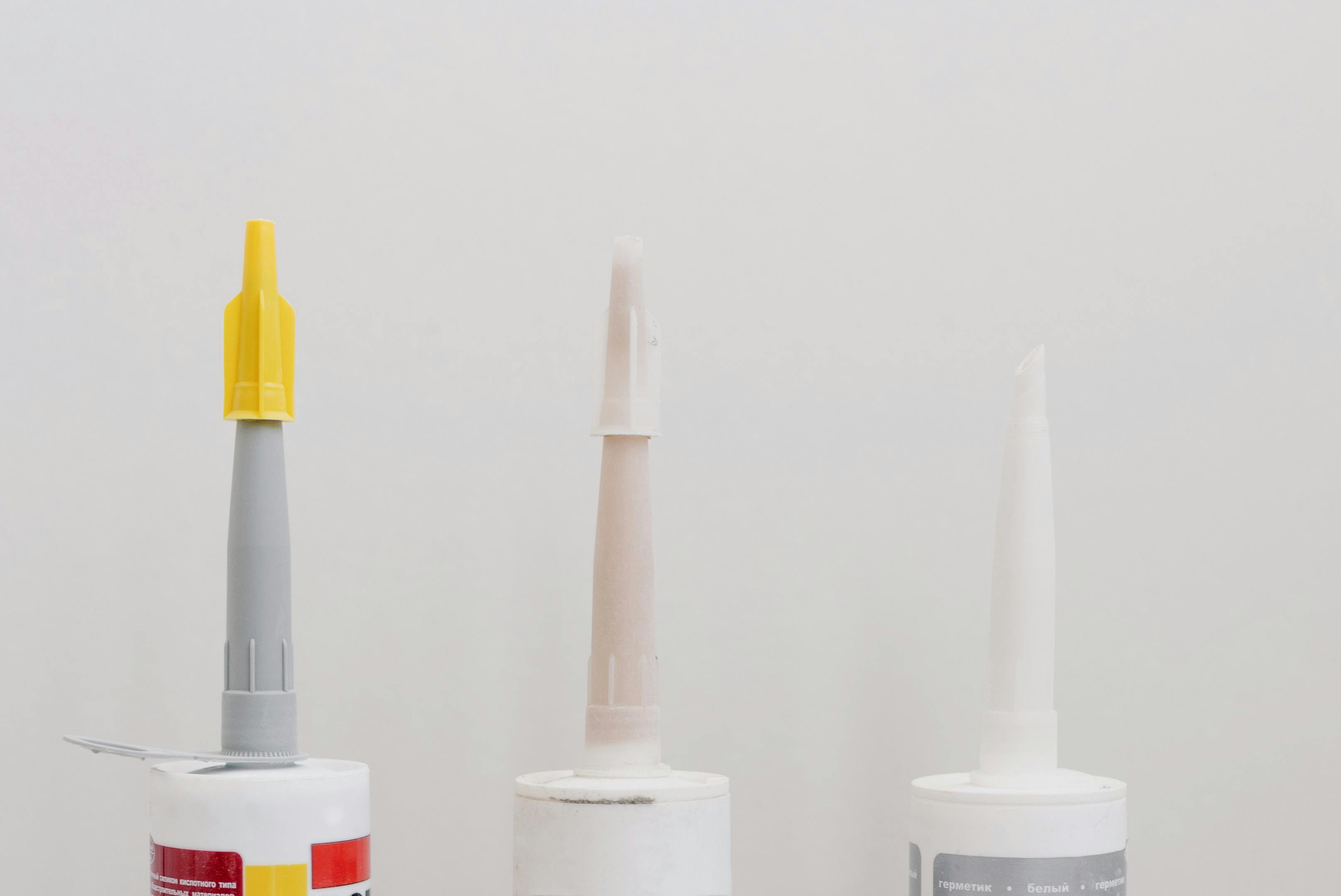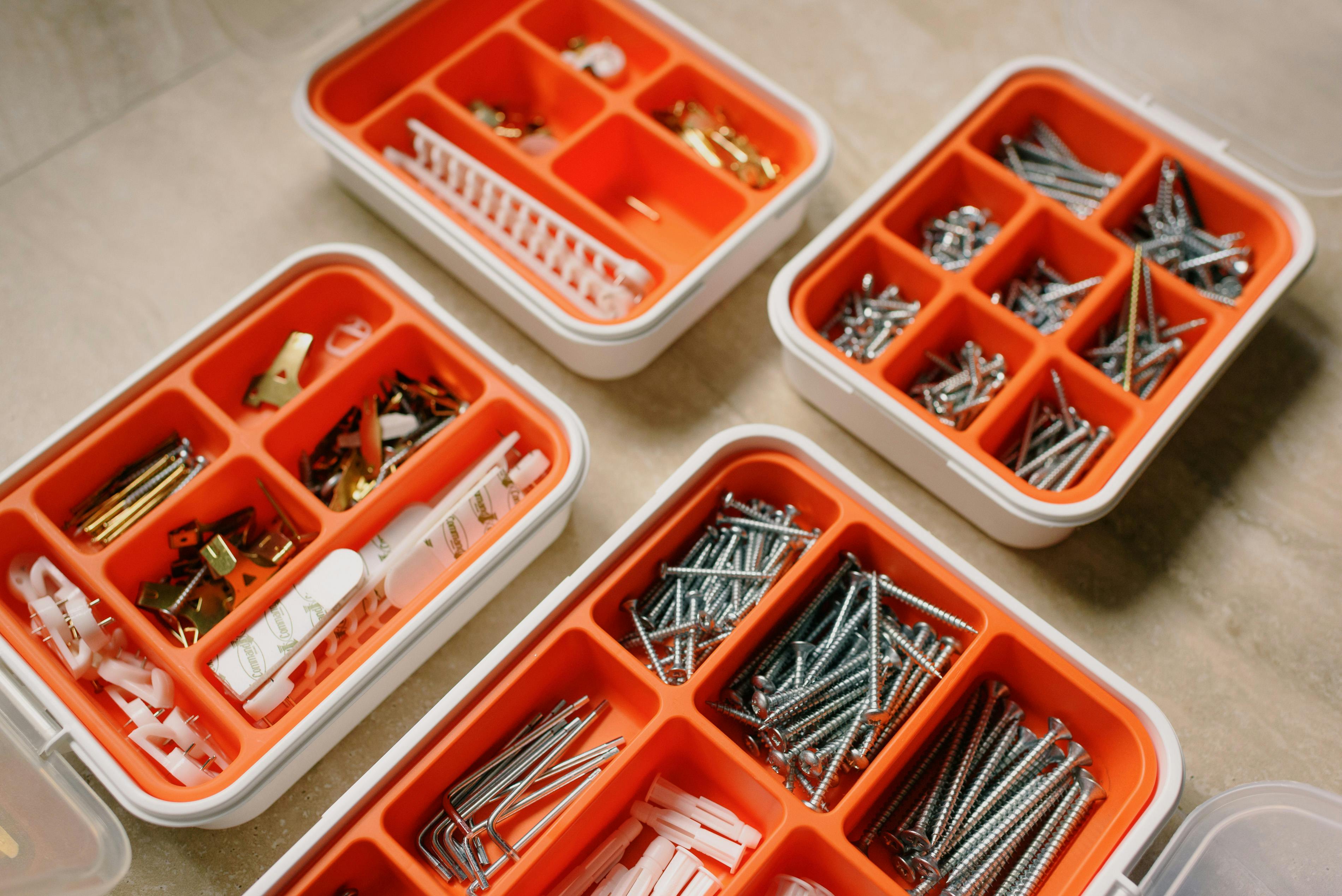Tools Required for Installation
Installing a DIY traction bar kit requires the right tools to ensure that the job is done properly. This includes a variety of wrenches, ratchets, screwdrivers and other basic tools. You will need a socket set that can accommodate both metric and standard sizes, plus a few specialty tools such as an angle grinder. It’s also important to have a variety of clamps and other items on hand so that you can easily secure the bar in place during installation. Some kits may also include special hardware or specific instructions for installation, so make sure to read through the instructions before beginning your project.
Additionally, you’ll need some basic safety gear for any DIY project. Eye protection is essential when working with power tools, and closed-toe shoes and long pants are recommended. You should also wear gloves to protect your hands from sharp edges or hot parts. Finally, a flashlight or headlamp is always handy for those hard-to-reach areas. With the right tools and safety gear in place, you can confidently tackle any DIY traction bar kit installation job safely.
DIY Traction Bar Kit: Tips and Tricks for Easy Setup
Having a DIY traction bar kit is a great way to improve the performance of your vehicle. But, setting up the kit can be tricky. Here are some tips and tricks that can help you set up your kit quickly and easily.
The first step in setting up your DIY traction bar kit is to make sure that all the components are properly aligned. This means ensuring that all the bolts, nuts, washers, and other hardware are in the correct positions. Taking some time to check this before you begin will save you time and effort down the road.
Once everything is in place, it’s time to start assembling your DIY traction bar kit. Make sure that you follow all of the instructions included with the kit carefully, as this will ensure that everything is properly assembled and functioning correctly. If there are any questions or issues about how something should be assembled, don’t hesitate to consult an expert for help.
The next step is to install the suspension components on your vehicle. This includes mounting the arms, springs, shocks, linkages, and other components onto your vehicle’s frame or chassis. Having another person assisting with this stage can be very helpful as it can make it easier to get everything aligned correctly and in place without any problems.
Once everything is installed on your vehicle’s frame or chassis, it’s time to start connecting all of the pieces together using bushings and other mounting hardware. Tightening all of these connections properly is important since these pieces need to be able to handle a lot of torque when you’re driving off-road or on rough terrain. It’s also important that you use anti-seize lubricant on any metal-to-metal connections so they don’t rust over time.
The last step in setting up your DIY traction bar kit is to adjust all of the components so they work together properly with each other. This includes making sure that there is no binding or interference between any of them when they’re working together at their full range of motion. Doing this on a regular basis will ensure that you get maximum performance out of your setup at all times.
Following these tips and tricks should help make setting up your DIY traction bar kit easier than ever before! With a little bit of patience and attention to detail, you should have no problem getting everything put together quickly and correctly for maximum performance on any terrain!
Troubleshooting Guide
If you’ve recently installed a DIY Traction Bar Kit, but are still having trouble with traction, there are a few things you can do to troubleshoot the issue. First, check that all components of the kit have been properly installed. If any components have been installed incorrectly or are missing, they must be fixed or replaced before the traction bar will work properly. Additionally, all fasteners should be checked and tightened if necessary.
Next, make sure that the vehicle has been adjusted to accommodate the new kit. If you haven’t done this yet, consult your owner’s manual or other instructions that came with the kit for details on how to adjust your vehicle for optimal performance. Additionally, if you have changed any other parts of your car since installing the kit, these should be examined as well to ensure they aren’t negatively affecting traction.
Finally, it’s important to check for any wear and tear on parts of the kit that may need to be replaced. This includes checking for broken or worn out suspension bushings and checking for other signs of damage such as dents or cracks in metal parts. Additionally, if you’ve recently driven on rough terrain or in inclement weather conditions, it could be damaging to some of the parts in your DIY Traction Bar Kit and should be checked periodically for signs of wear and tear.
DIY Traction Bar Kit: Maintenance Tips and Suggestions
Having a DIY traction bar kit installed in your vehicle is a great way to improve its stability and handling, especially when driving on rough terrain. However, it is important to regularly maintain the kit in order to ensure that it is functioning properly. Here are some tips and suggestions for maintaining your DIY traction bar kit:
First, inspect the components of the kit regularly. Check for any signs of wear or damage, and make sure that all fasteners are secure and not loose. Replacing any damaged or worn parts as soon as possible is essential for maintaining proper operation of the kit.
Second, ensure that all joints are well-greased. This will help reduce friction between moving parts and prevent premature wear on components. Make sure to use a high-quality grease designed specifically for automotive applications.
Finally, check the tension on the traction bars periodically. If it is too loose, it can cause increased vibration in your vehicle’s suspension system. If it is too tight, it can cause excessive stress on other components of the kit or even damage them over time.
Following these tips and suggestions will help you keep your DIY traction bar kit in good working condition. Regular maintenance will ensure that your vehicle has improved handling and stability even when driving on rough terrain.
Conclusion
Installing a do it yourself traction bar kit is a great way to improve the performance of your vehicle. It will help to reduce wheel hop, improve handling, and give you more control over your vehicle. The installation process is relatively simple and can be completed by anyone with minimal mechanical knowledge. With the right tools and knowledge, installing a traction bar kit can be done in a relatively short amount of time. The benefits are well worth the effort, as you will be rewarded with improved performance and better handling. You will also enjoy greater peace of mind knowing that your vehicle is now safer and more reliable on the road.
Overall, installing a do it yourself traction bar kit is an easy and effective way to improve the performance of your vehicle. With minimal effort and cost, you can enjoy improved handling, increased safety, and greater reliability on the road. With this knowledge in hand, you are now able to make an informed decision about whether or not installing a traction bar kit is right for your vehicle.


